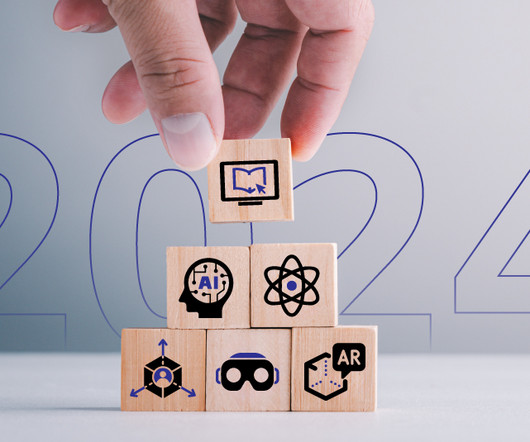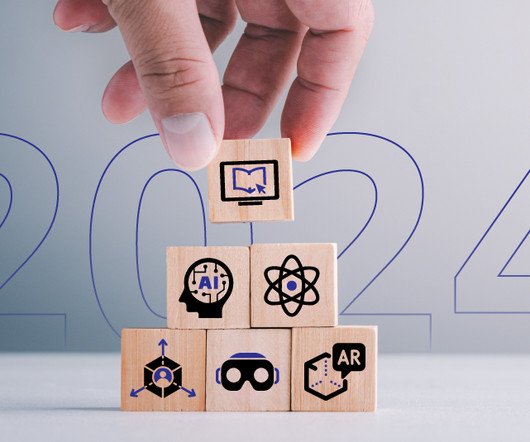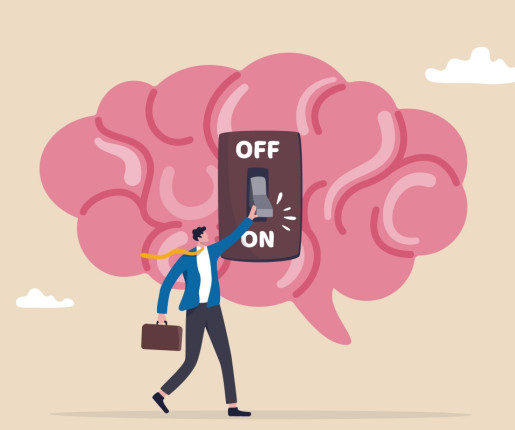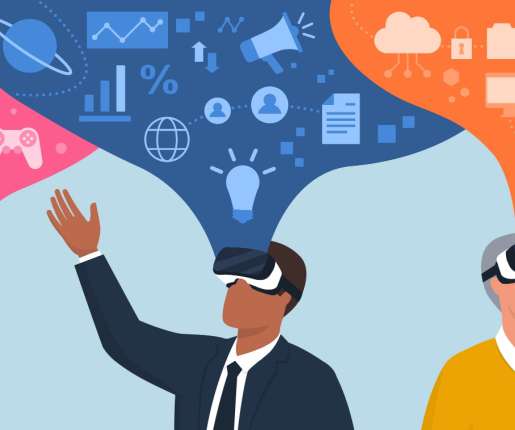2024 Trends We’d Like to See
Upside Learning
JANUARY 8, 2024
I was asked to write a book in 2018 addressing the persistent training myths hindering our industry. In particular, their cognitive affordances, what they do that you can’t do in other ways. It had enough cognitive and technological overhead that if you didn’t inherently need those two things, there were better ways.































Let's personalize your content